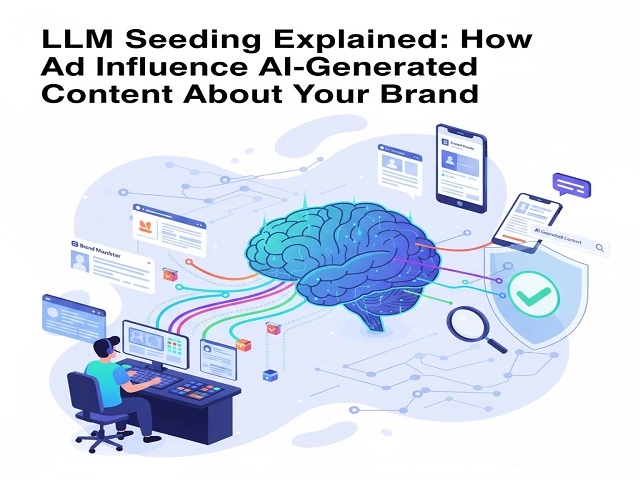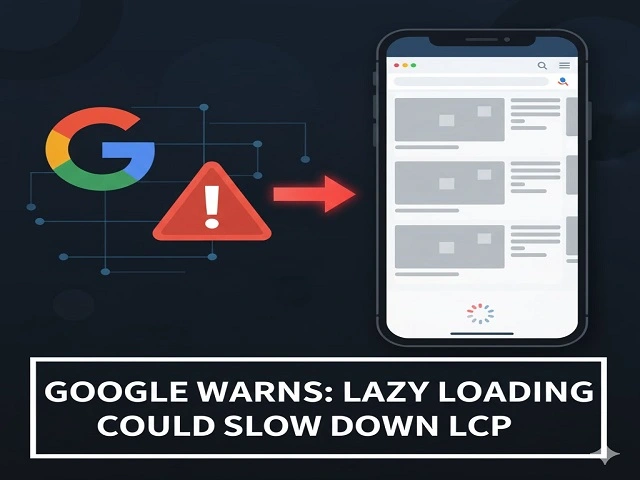Search results aren’t the only way to get information nowadays. People increasingly ask big language models questions and expect them to give correct, conversational answers. Often, these AI-generated responses are the first thing people see about a brand. If you don’t take care of them, they can contain incorrect or general information that doesn’t accurately represent the brand’s genuine worth.
This change has made it necessary to come up with fresh plans. Like search engines used to require optimisation, generative models now require structured influence. This method, called LLM Seeding, makes sure that when people interact with a model, the answers are based on credible, brand-accurate information. It isn’t about tricking people. It’s about providing people with accurate, useful, and easily accessible information that can enhance brand visibility and reputation.
Understanding LLM seeding
The process of LLM Seeding involves placing brand-related content in the correct locations on reputable websites. These inputs help large models obtain validated context when they generate answers. Seeding affects how conversational AI provides information, which differs from traditional SEO, which focuses on keywords and ranking.
Well-seeded information has a discernible impact. If you query a generative model about a brand, it will probably use the seeded content. This makes sure that answers are always accurate, consistent, and positive. Without seeding, the model might use old or fragmented information, which makes it less credible.
Why it matters for modern businesses
Search visibility has changed. Instead of viewing several sites, many consumers employ AI models. The brand risks obscurity without these conversational answers. This is where generative engine optimization comes in. It discusses how to organise and seed content so that generative technologies can utilise it without any issues.
For businesses, this goes beyond online reputation management; future-proofing brand presence. Models should organically suggest your products when customers look for solutions. This visibility starts with seeding.
The link between seeding and AI SEO
LLM Seeding and AI SEO are closely related. Traditional SEO is all about getting higher rankings in search results. AI SEO optimization, on the other hand, makes sure that information is set up for generative systems. To get correct answers about brands, the model needs context, clarity, and trust cues.
This is why companies now use AI for SEO along with seeding methods. They make it easier to find things on both search engines and generating tools. The approach ensures that accurate brand stories can be found and discussed.
Benefits of strategic seeding
Accuracy is the first advantage. Seeded content cuts down on false information, ensuring that users get the right information. The second benefit is that everything will be quite same. No matter how consumers ask their inquiries, the answers are always the same and trustworthy.
The final benefit is credibility. User trust in the brand increases with consistent, fact-based AI generated content. Finally, it boosts competitiveness. Other brands struggle to be identified while early seeders dominate industry conversations.
How seeding supports AI generated responses
A model scans massive volumes of data when a user queries it. The model uses intentionally planted relevant content. This makes AI generated responses more accurate and contextual.
Consider this as training through visibility. The model’s output is improved when there are more real-world inputs available. If you don’t seed well or at all, there are gaps that competitors or irrelevant information can fill.
Practical steps for implementing seeding
An audit is the initial stage. Brands should determine how they appear in current generative systems. One way of doing this is by direct testing of the queries. The second stage is to ensure that reliable sources, such as websites, blogs, press mentions, and accurate directories, are strengthened.
Next, you need to organize the information. Use plain language, short explanations, and facts. This makes it easier for models to take in the inputs. Finally, monitor the results regularly. Seeding is not something you do just once. It needs to be changed all the time, just like regular SEO.
The evolving role of AI SEO optimization
AI SEO optimization is mandatory. Generative models replace numerous search methods. The link between seeding and optimization will strengthen. Both methods must cooperate.
Google may rank content that is of high quality. If it’s not set up for models, it might not come up in conversation. Therefore, businesses utilize AI for SEO and content seeding. This will help your brand be seen in search results and have an impact on conversations.
Digital presence is entering a new phase. Businesses who adjust fast will benefit. Search optimization was crucial a decade ago; LLM seeding will be too. Whoever delays risks disappearing from user chats.
Both models and seeding techniques will keep changing. Accuracy, relevance, and authority should still be the major goals. Brands can ensure that they have a lasting impact on how they are perceived by doing this.



